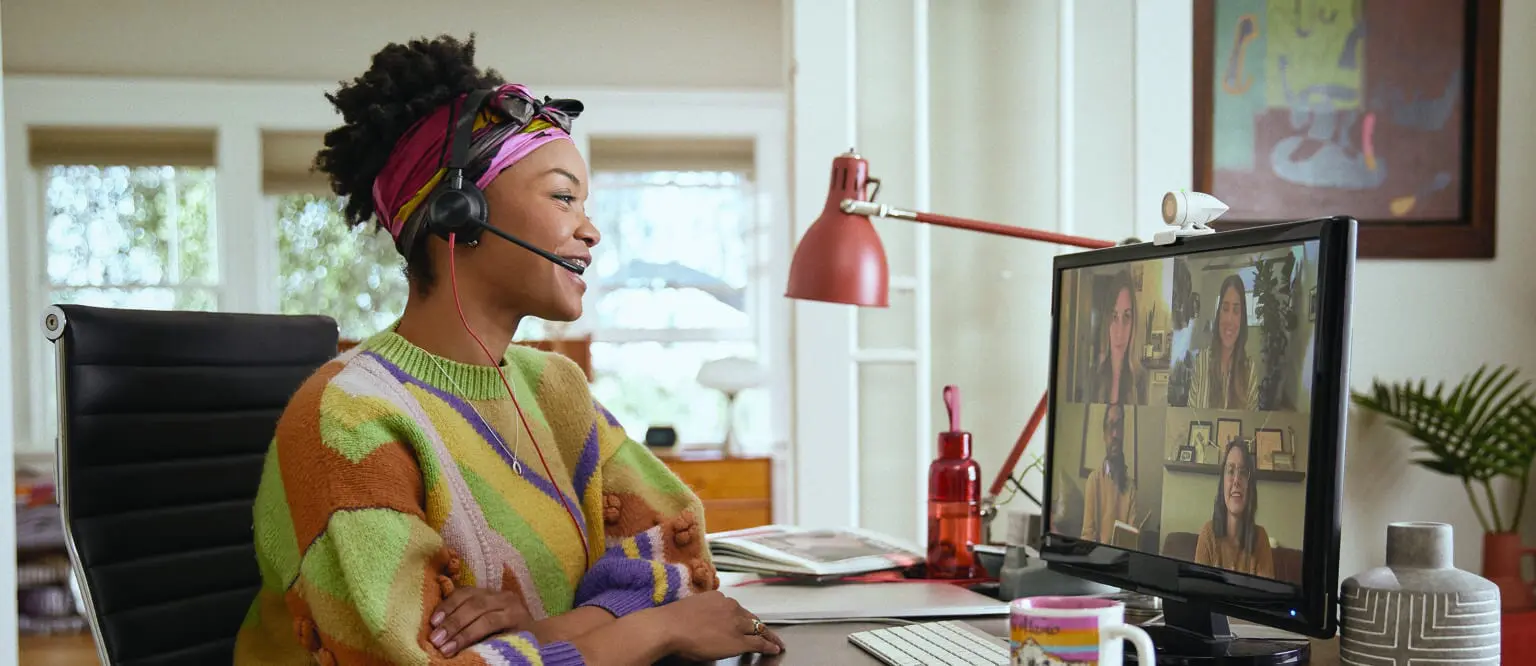The age of hybrid work is here. Forward-thinking organizations know that some of the temporary shift to remote work is now more permanent. As such, they now need to focus on creating a work environment that delivers a homogenous experience to both its remote and on-premise workers.
For this, organizations must look at the working experience of those employees operating in a remote setup. They need to create a workplace that drives collaboration through effective communication in this hybrid environment and ensure that the remote workers do not suffer because of the lack of physical interaction.
A lack of communication or difficulties in ease of communication drives feelings of isolation, demotivates remote employees, and can lead to poor engagement levels. Optimized communication processes enable collaboration and help nurture workplace relationships while enabling smoother work interactions.
Here are a few ways to ensure that employees working from home do not receive a sub-par work experience.
Create a robust communication infrastructure
Desktop-based video conferencing solutions are no longer optimal for today’s hybrid work environment. As remote working becomes a mainstay the quality of audio and video will negatively impact the quality of interactions between employees. The communication infrastructure setup must provide a consistent (and superior) experience to all employees irrespective of their location.
Remote workers need technologies and hardware that deliver crystal clear audio and video quality. Proper noise and echo cancellation are a must. High-quality cameras and the right mics also become essential for driving the audio-video quality and creating the immersive and life-like experiences that are expected from today’s enterprises.
They also need the power of the latest technologies to deliver consistent audio-visual experiences across spaces and devices. Advanced audio-visual solutions enable employees to collaborate on any platform and allow users to bridge their devices with the workplace’s native technology. High-fidelity audio features, high-resolution video display, and intelligent HD cameras become crucial to aid the employee experience.
Remote employees need the benefit of a robust communication infrastructure to drive enablement at work. Since every interaction is virtual for them, it will be critical to create a communication infrastructure that allows them to host and join meetings easily. To a great extent, this demands a move toward customization. No longer will a “one size fits all” setup work. It’s important to recognise the unique working situation of each employee and provide a WFH setup designed to suit their needs.
From phones, table-top consoles, and soundbars, to room scheduling software, organizations need to enhance the remote workers’ communication infrastructure and make sure that it can be customized as per each room’s space and functionality.
Enhance the collaboration experience
Along with this, they need the right tools and systems to store files on the cloud, make presentations efficiently and host numerous people. Employing meeting platforms like Zoom or Microsoft Teams become indispensable to enable easier collaboration between teams. These tools help employees across locations and setups create chat groups, form channels, send direct messages, schedule meetings, and also set up audio and video calls.
Those using Zoom can enhance the Zoom meeting experience for remote employees using Zoom Rooms. Zoom Rooms have AI-powered features that enables multiple members in a room to be presented on individual screens. This drives higher participation as the AI is used for hot-desking which allows better space utilization. Zoom Rooms make for easier handling and can be initiated on personal mobile phones. They also have expansive voice commands that further enhance the experience.
The scheduling display software benefits employees by making it easier for them to book rooms for meetings. They can also see the number of participants and view the meeting calendar for each room through this display.
Deliver dedicated support
The remote worker has to get a lot done by themselves. However, if organizations want the wheels of communication to keep churning, they have to make sure that they deliver support to address their communication challenges at speed. Having a dedicated helpdesk and support to address the technical problems that occur become essential for maintaining the productivity and engagement levels of the remote employees.
Whether it is to address technical glitches or help remote employees discover how to use the technologies optimally, offering robust support becomes a key contributor to remote employee engagement and experience.
Delivering enhanced, improved and cutting-edge audio-video infrastructure for remote employees helps increase impact and inclusivity by enabling colleagues to engage on a single platform and make meetings more effective irrespective of location. It also ensures that remote workers can engage with the utmost professionalism with clients. With the right audio-video equipment and integrations, remote workers can create the right interactions with the customer at every touchpoint and present a great brand image in front of clients as well
The capability to build deep and meaningful connections is something that the hybrid workplace will need to drive employee engagement and experience. This will require enterprises to revamp their communication infrastructure and make sure that their remote employees are equally enabled as their in-premise employees to communicate, collaborate and innovate with ease and at speed. Talk to us to understand exactly how to tailor the WFH experience and the benefits of doing so.



